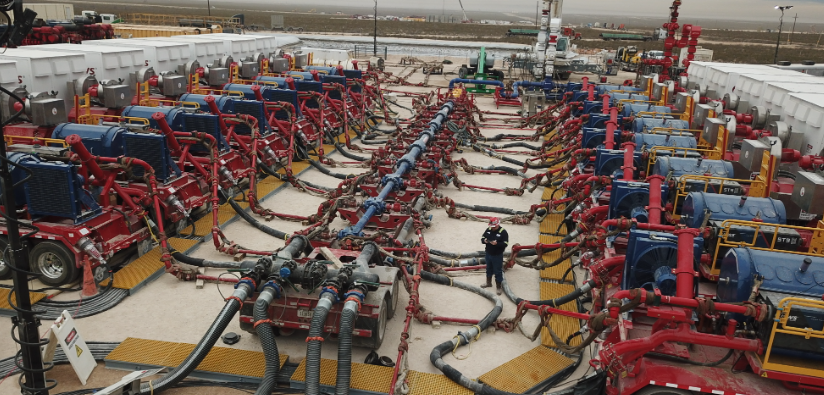Fracking, also known as hydraulic fracturing, hydrofracturing or hydrofracking, is a popular technique used to stimulate the flow of oil and natural gas from underground depths.
This process consists of injecting a “frac fluid” – usually comprised of water along with fine sand or proppants to suspend the solution – at a high pressure into wellbores within bedrock formations. After fracking fluid is injected into its target wells, it opens existing fissures to increase the access for natural gas and petroleum resources. To complete this fracking process and ensure that these released resources are accessible, small particles of an appropriate grain material such as sand to prop opened cracks within the formations.
Hydraulic fracking was first conceived in 1947, leading eventually to its successful application three years later in 1950; since then its use has become widespread throughout many locations around the world and fracking fluid is estimated to have been applied on over two-and-a-half million occasions globally.

